Market Share
Solar Charge Controllers Market Share Analysis
The technology they work with is a major classification criterion for solar charge controllers. Generally speaking, there are three categories of charge controller technologies for solar systems. This market segment is experiencing trends that parallel broader developments in solar energy technology and increasing use of renewable energy applications. One such trend is the rising popularity of Maximum Power Point Tracking (MPPT) charge controllers. These MPPT modules enhance the effectiveness of Solar Panel Systems by adjusting their electrical operating point to deliver maximum output from the array. This shifting preference reflects customers' need to improve overall system performance and increase energy yield; hence, MPPT charge controllers are becoming more popular in both residential and commercial installations worldwide. The solar charge controllers market is influenced by technological progress. Enhanced functionality and reliability are achieved with the help of advanced electronics and microprocessor-based control systems in charge controllers. The solar charge controllers market has a trend towards the integration of multiple charging stages. There is a move towards hybrid solar charge controllers that can handle different energy sources. Energy sustainability dictates trends in the market for solar power battery chargers, which include an emphasis on energy efficiency and eco-friendly features. Manufacturers are producing charge regulators with low levels of standby power, which would reduce these losses when the system is not charging actively. Remote monitoring and control capabilities emerge as notable trends due to the increased interest in off-grid and remote solar installations. The solar Charge Controllers Market is witnessing a trend, with Energy Storage Integration being one of them. The chargers market for solar batteries usually depends on government programs meant to promote renewable energy sources at homes and workplaces across many nations globally. In regions where there are subsidies, tax credits, or feed-in tariffs directed at renewable energy, demand for this product will rise steeply. Finally, dynamic trends driven by technological advancements, adoption of MPPT technology, integration of multiple charging stages, hybrid solutions, sustainability considerations, remote monitoring capabilities, energy storage integration, and government incentives characterize this market.

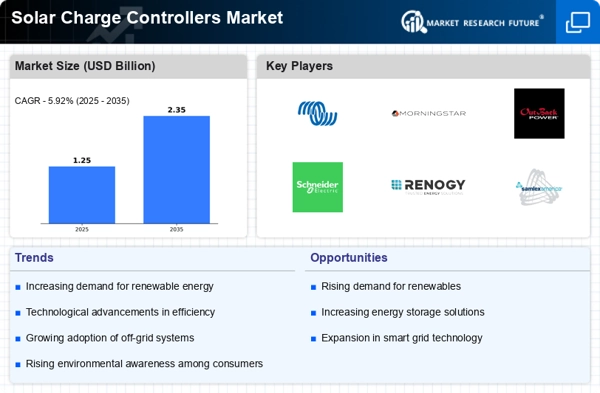
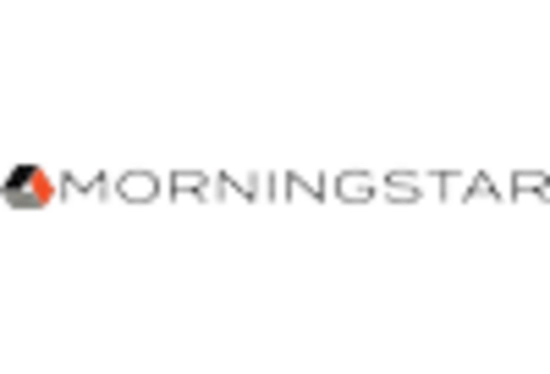
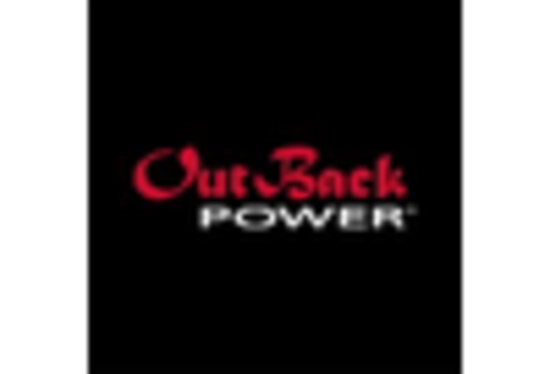
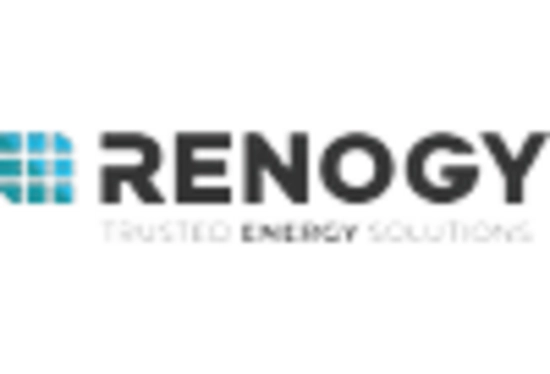
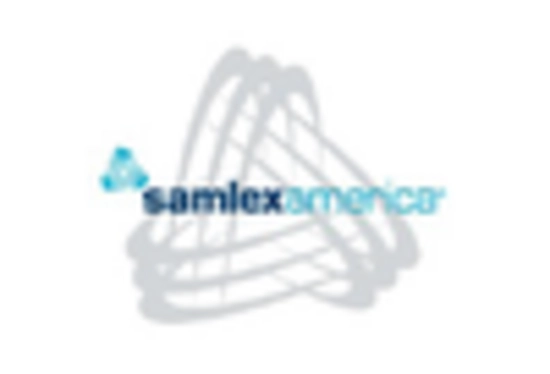

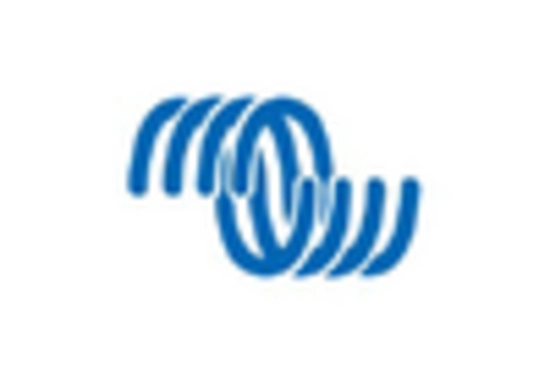









Leave a Comment